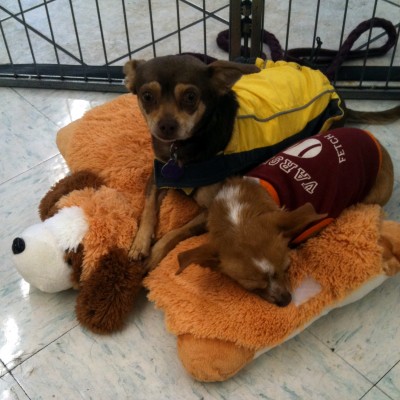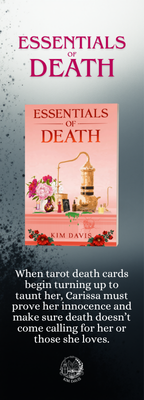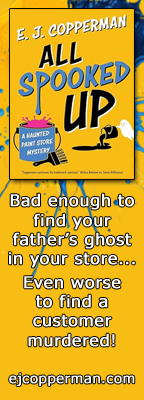by Linda O. Johnston
Are you thinking about adopting a new pet from a rescue organization or shelter? That’s wonderful! The process of finding the right pet can be a lot of fun—and you can soon have a new family member.
But you’re not the only one involved in that decision. How do rescue organizations try to make sure that a pet adoption will work out for both the new pet and the family?
There are never any guarantees. But a lot of responsible pet rescue organizations do their best by attempting to match animals with their new owners. This is done more by private pet rescues than by public shelters. Many public shelters will allow anyone who’s interested to take an animal home as soon as they come in and meet it. That’s not necessarily a bad thing since this method may save lives of pets who would otherwise be euthanized (a nicer word than just saying they’d be killed) to make room for more animals that the public shelters must accept.
But most private shelters and more and more public shelters as well, do some vetting of the prospective adopters—from small, local organizations with no physical facilities but a group of dedicated fosterers, to larger groups with local kennel and cattery facilities, to large multi-state organizations like Best Friends Animal Society. This is to try to ensure that the pets will be treated well and won’t be returned because of some incompatibility at home.
Starting the Process
Many organizations require that the interested prospective adopter fill out an application form. The contents vary, but the idea is to learn as much as possible about the living situation for the new pet. People are generally asked about their own backgrounds, including how many humans are in the family and their ages. One reason for that is because some pets may not do well with very young children. It’s also helpful for determining who’ll be responsible for the pet.
People are also asked about whether they already have other pets who’ll need to adapt to a new family member. In addition, they’ll often need to indicate whether their existing pets have been spayed or neutered, and if not, why not. Most shelters will only adopt out spayed or neutered pets and also encourage it for existing animals in the household, to minimize ongoing unwanted animals.
One additional aspect of asking about other pets is to learn helpful information about those who are no longer part of the household. Were they relinquished to a shelter? That doesn’t bode well for a new adoption. Did they develop health problems? If so, how was veterinary care handled?
Prospective adopters are asked, too, about their current living situations. Do they own or rent their homes? If they rent, they’ll probably need to show a copy of their lease demonstrating that pets are allowed, or may need to bring a letter from their landlord.
If they own, what is the yard like—for example, is it fenced? How high is the fencing? That may make a difference as to what size dog will work out, since some are jumpers. How long during an average day will the pet be left alone? Where will the dog or cat sleep? All of the answers can help to make sure that the right match is made between adopter and the new pet.
My Experience
No, this process is not perfect. I’m a volunteer dog adoption counselor at Pet Orphans of Southern California, a wonderful pet rescue organization in L.A.’s San Fernando Valley. A couple of weeks ago, I was sad to see that an absolutely adorable poodle who’d been adopted out was back on the Friday when I came in. A doggy match had been held at Pet Orphans and he had gotten along fine with the dog who already lived at his prospective new home. However, having him there in the dog’s own territory was a different story. They no longer got along, and so the poor poodle came back.
Fortunately, that kind of situation doesn’t happen often, but it’s definitely sad to see when a pet who’s assumed to be going to a new, loving home, winds up back at the rescue facility. Of course, they’re treated well there and socialized and loved, but it’s not the same as being part of a new family.
What do I do as a dog adoption counselor? I help people who come to Pet Orphans meet the dogs who are available for adoption and, hopefully, fall in love! At Pet Orphans, prospective adopters of dogs or cats fill out a preliminary application to give a general idea of what they’re looking for, plus their own living situations. As a dog adoption counselor, I go over the application with them and help to fill in any blanks.
I also sometimes have to tell the visitors that they won’t be approved to adopt from Pet Orphans—for example, if they only want a guard dog that will stay outside. If that’s their situation, I suggest they try a public shelter. Pet Orphans’ position is to adopt only to people who want pets to join their family. That’s true for cats, too. Pet Orphans will not adopt to people who want their cats to be outdoor pets.
Once we’ve gone over the forms, I take the people into the kennel areas to view who’s available. If they see a dog or two or three they’d like to know better, I settle the people in a patio area, then bring all the dogs out individually so they can meet and play and, hopefully, bond.
If the people find the dog they’d like to take home, they must first bring in all members of the household to meet them for compatibility—and that includes dog members of the household. The Pet Orphans dogs are brought into the cat areas to determine if they’re cat compatible, should that be a factor in a prospective adoption.
There’s a longer application to be filled out once a person decides which pup they’d like to adopt. Since I’m just a volunteer, I don’t make that decision, but a really skilled Adoption Manager is given the application and then takes over the process. Part of finalizing an adoption also consists of paying a nominal fee and signing a contract to help define the responsibilities of pet ownership and adoption.
This is one organization’s process. Pet Orphans reserves the right to do a home visit but doesn’t always. Other organizations always do home visits before approving an adoption.
Best Friends Animal Society has a Los Angeles branch, as well as locations in other cities, besides its headquarters shelter in Utah. The local L.A. group will soon be taking over a facility previously built for Los Angeles Animal Services where it will be able to house more animals available for adoption. It holds a lot of adoption events anyway. Part of its adoption process is to provide an official two-week trial for adoptions.
If pets don’t work out, they can be brought back—which is generally true of other private rescue groups whether or not they have an official trial period. The poodle situation I described above is a whole lot better than an adoption that’s bad for everyone. Does all this sound complicated? Actually, it’s not. Each rescue group may handle things differently but they all do everything they can to ensure that the process goes smoothly.
And, delightfully and fortunately, a lot of pets find new homes and families that way!
All photos in this article were provided by local animal rescue, Animal Compassion Team (ACT). Learn more about them in their article here at KRL. If you are interested in adopting any of the animals in this article contact ACT through their website.
Check out another animal rescue article in KRL by Linda Johnston. Also in this issue you can find a review of Linda’s latest book, The More The Terrier, and enter for a chance to win a copy.




















0 Comments